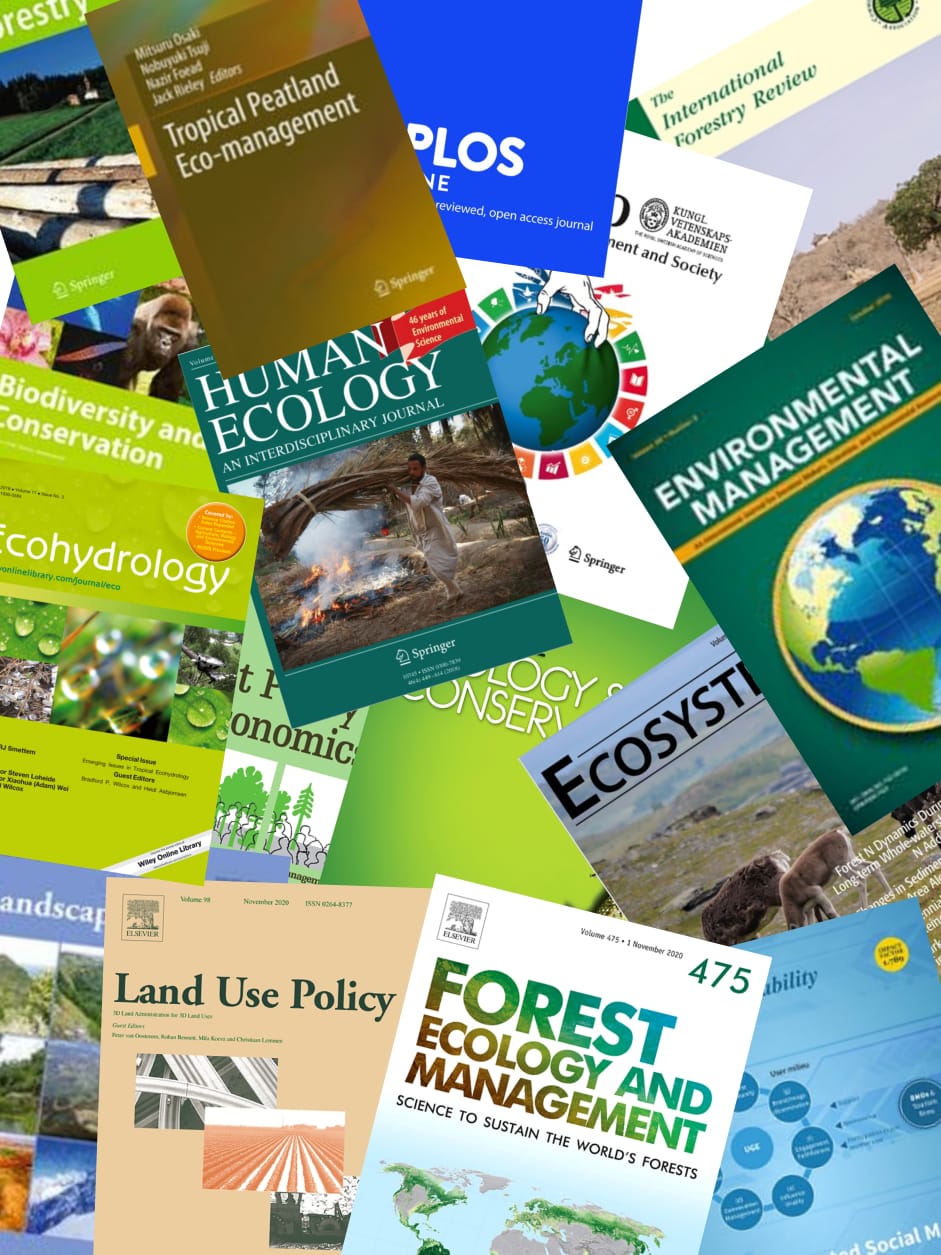In an effort to prevent forest fires after the clear cutting of plantation forests, fungi capable of degrading lignocelluloses were isolated to make a fertilizer from the logging waste. Seventy five fungal species were isolated from fruiting bodies and mycelia in plantation forests of South and North Sumatera, Indonesia. Sixty three of the fungi were identified based on the appearance and morphological characteristics of their fruiting bodies and mycelia, as Pycnoporus sanguineus, Dacryopinax spathularia, Schizophyllum commune, Polyporus sp. and Trametes sp. Twenty fungi were categorized as white-rot fungi and 12 as brown-rot fungi. Moreover, isolates 371, 368, 265, 346, 345 and 338 were selected using indicators and tested for the ability to degrade lignin and holo-cellulose in mangium wood meal over 1 to 4 weeks. Results showed that the 6 fungi could degrade lignin and holo-cellulose in wood meal. An increase in incubation time tended to decrease the amounts of lignin and holo-cellulose. Isolate 371 was found to be best at degrading lignin and holo-cellulose in mangium wood meal. © 2009 Asian Network for Scientific Information.
View source

